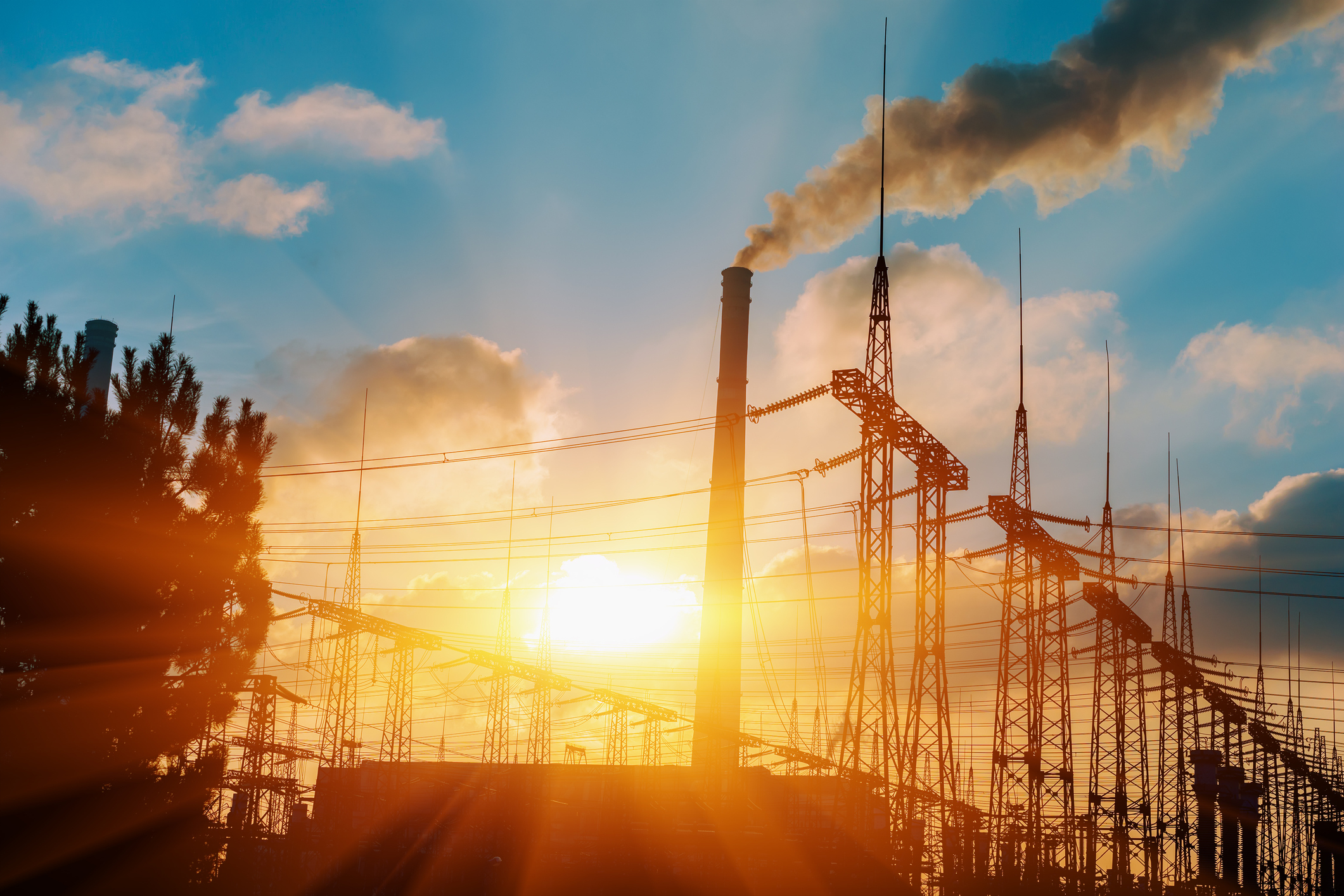
Study shows that carbon-trading programs may produce less revenue in concentrated markets.
With the recent defeat of the first state carbon tax imposed in the United States, regulators may be beginning to realize how difficult it can be to address greenhouse gas emissions—and raise money for the government in the process.
In the United States, environmental regulators in at least 10 states including California, New York, and Massachusetts employ carbon-trading programs to limit greenhouse gas emissions with the goal of preventing or slowing climate change. Carbon-trading permit programs—in which regulators set a maximum carbon dioxide level for a certain area and allocate permits to pollute to industrial polluters—aim to reduce greenhouse gas emissions while also providing governments with much-needed revenue through the sale of permits. But one scholar argues that some of these market-based initiatives may be less profitable than many regulators envision.
In a recent paper, Professor Noah Dormady of the John Glenn College of Public Affairs at The Ohio State University concludes that tradable permit programs yield much less revenue if states act in isolation rather than in regional coalitions with greater numbers of polluters.
In one variation of this form of climate policy—called a cap-and-trade program—the government sets a “cap” on the total amount of carbon dioxide that a given industry or polluter can emit. One prominent example is the Regional Greenhouse Gas Initiative (RGGI) in which Connecticut, Delaware, Maine, Maryland, Massachusetts, New Hampshire, New York, Rhode Island, and Vermont participate.
Under RGGI, states impose a mandatory requirement for power plants to participate in auctions with a carbon dioxide cap that decreases by 2.5 percent each year until 2020. RGGI estimates that the proceeds from its first auction in 2017 totaled $43.1 million, which states in turn have invested in “energy efficiency, renewable energy, and other consumer benefit programs.”
Under programs like RGGI, governments collect the revenue from the auction, and regulated entities that do not purchase enough permits to cover their expected emissions must either find ways to reduce their emissions or buy permits from their peers.
In theory, a carbon-trading program encourages companies that can reduce emissions at the lowest cost to do so because they can then sell their excess permits to other companies. As a result, there should be fewer greenhouse gas emissions, the cost of regulation should be minimized, and the government should be left with a hefty sum of money to use for the public good.
However, according to Dormady, the latter part of this optimistic outcome—the notion that states will reap tremendous profits from carbon auctions—does not always come to fruition, most notably when businesses within the regulated industry exhibit what economists call “market power,” or the ability to influence prices due to being one of a very small number of players in an industry.
Even worse is that tradable permit programs may raise overall energy prices in concentrated industries, meaning that consumers may have to pay more to fuel their homes under a tradable permit program regime than they would pay under status quo conditions, Dormady notes.
To reach his conclusions, Dormady created an economic model based on RGGI. Although RGGI’s tens of millions of dollars in proceeds are not insignificant, Dormady demonstrates how closely connected auction revenue is to the number of power producers participating in the cap-and-trade program. For example, Dormady’s model shows that government revenue from carbon auctions decreases by about 33 percent if power plants exhibit market power during times when energy prices are higher than usual.
Dormady explains his results by observing that, in smaller, more concentrated markets, power producers can use “strategic bidding” to exert influence on the price of carbon permits, thus driving the auction price down. As a result, power producers pay less money for the right to pollute, and the government walks away with much less revenue—for instance, about $14 million less in a market similar in size to RGGI’s market—from the auction than it may have envisioned.
Dormady’s finding is especially important for state environmental and energy regulators to consider in their efforts to combat climate change. As Dormady notes, if an individual state on its own attempts to regulate greenhouse gas emissions from power producers, it should expect to receive significantly less revenue from carbon auctions than it would if it were regulating a more competitive market with more power producers.
From this intuition, it appears that a state-by-state approach to regulating greenhouse gas emissions may not be optimal if regulators aspire to maximize governmental revenue. Dormady’s study thus suggests that states should consider coordinating through programs that regulate larger numbers of power producers—like RGGI—to get more bang for their buck in a regulatory environment that may shift power from the federal government to the states.
In addition, Dormady’s finding may be particularly relevant given the current U.S. political climate, because the country does not have a national program in place to regulate greenhouse gas emissions and is unlikely to implement one under President Donald Trump’s expressed energy policies. States are thus likely to find themselves regulating smaller, and thus more concentrated, energy markets.
Indeed, the U.S. Environmental Protection Agency (EPA) had previously proposed a nationwide program in its 2015 Clean Power Plan, but the plan was held up in court and now faces serious revision or total rescission under Trump’s EPA. This may leave some state regulators with no choice but to confront Dormady’s conclusions as they seek to address climate change and raise revenue in the process.



